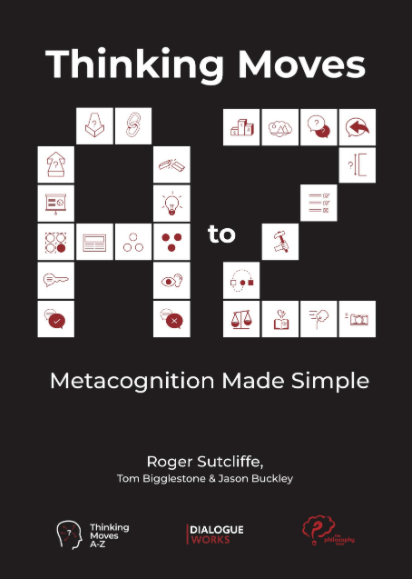Metacognition is widely agreed to be incredibly beneficial for learners. For example, the EEF found that it contributes to seven months’ additional pupil progress.
The problem is that it can feel a bit intangible.
Thinking Moves A-Z changes that – suddenly we have a way to use metacognition every day in the classroom. It becomes easy to talk about. The 26 moves give pupils and teachers a memorable common vocabulary for metacognition to use in inquiry and general learning.
Two thinking moves
The first two moves are A: Think AHEAD and B: Think BACK.
Of course, you’re already probably asking your pupils to plan ahead or reflect back. But by naming these as specific ways of thinking, your class will become more aware of their thinking processes. And the more we become aware of how we think, the better we can become at it.
Here are three ideas of where these first two thinking moves could fit into learning:
Hopefully from these examples you can see lots more opportunities.
If you’re interested in getting to know the Thinking Moves A-Z in more detail, contact me to enquire about future training opportunities.













